The CCOA Program is designed to provide participants with an understanding of the fundamentals of optometric assistance. It will provide assistants with an in-depth knowledge of various equipment, procedures and techniques needed to function smoothly and efficiently in an optometric office.
Course Syllabus
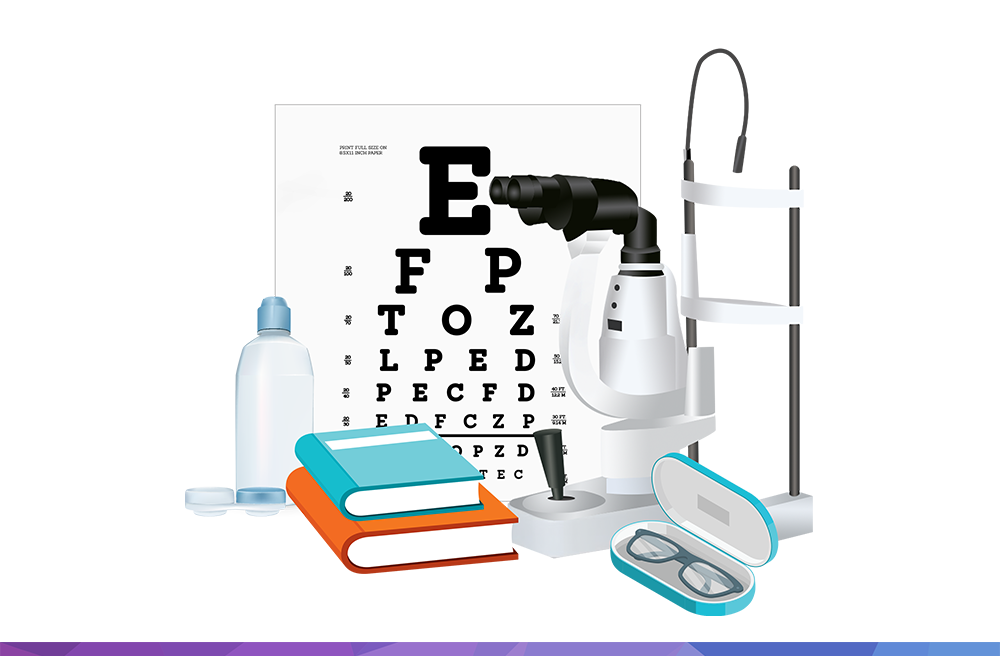
Module 1
Introduction to Optometry
This module provides an overview of optometry in Canada and the role of the optometrist. Students are introduced to common medical and ophthalmic terminology, as well as basic anatomy and physiology of the eye. Customer service skills and essential patient management skills are also discussed.
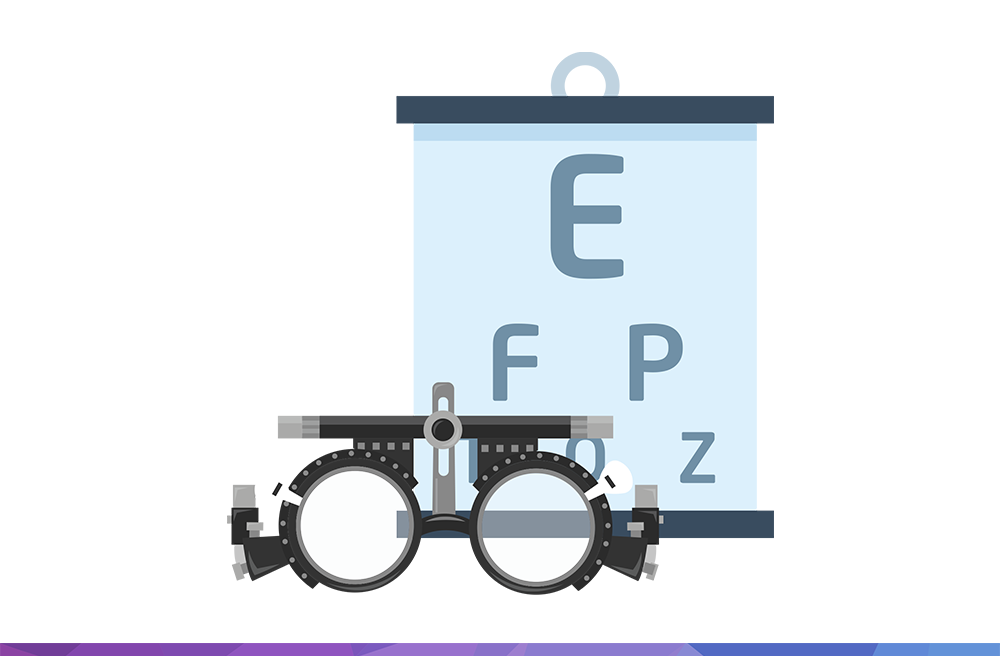
Module 2
Pre-testing
This module focuses on the preliminary optometric tests and procedures that form an important part of the comprehensive eye examination. Case history, visual acuity, contrast sensitivity, color vision, and stereopsis are all covered, along with additional procedures such as eye drop administration and infection control. Students will be introduced to key instruments such as the refractor, keratometer, and non-contact tonometer.
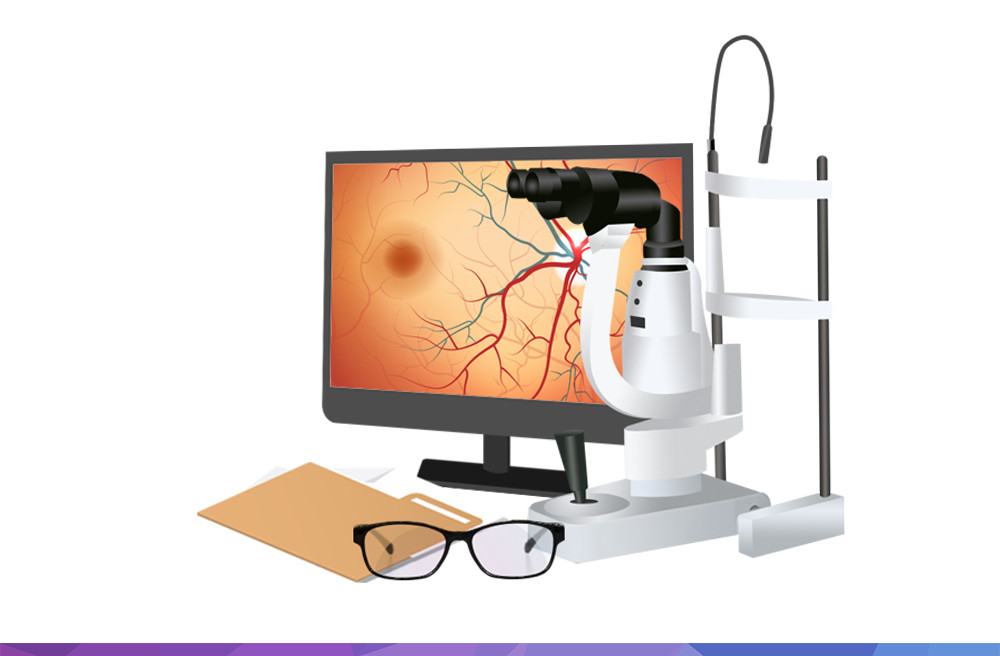
Module 3
Supplementary Testing
Sometimes a patient will require additional testing to rule out, diagnose or monitor certain eye conditions or diseases. This module covers some of the most common supplementary testing procedures and equipment including: visual fields, digital imaging systems (OCT, HRT, corneal topography, fundus photography), and pachymetry.
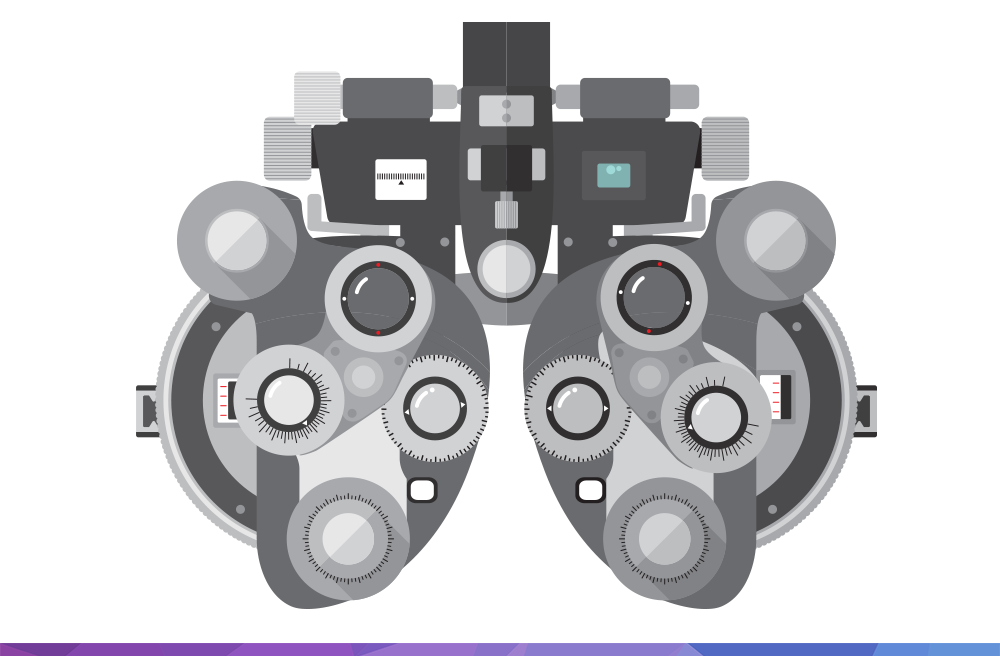
Module 4
Refraction & Ocular Health
This module covers the comprehensive eye exam in greater detail. Students are introduced to common eye conditions and diseases, with a focus on children and senior’s vision. Basic pharmacology, triage, and patient referrals are also discussed.
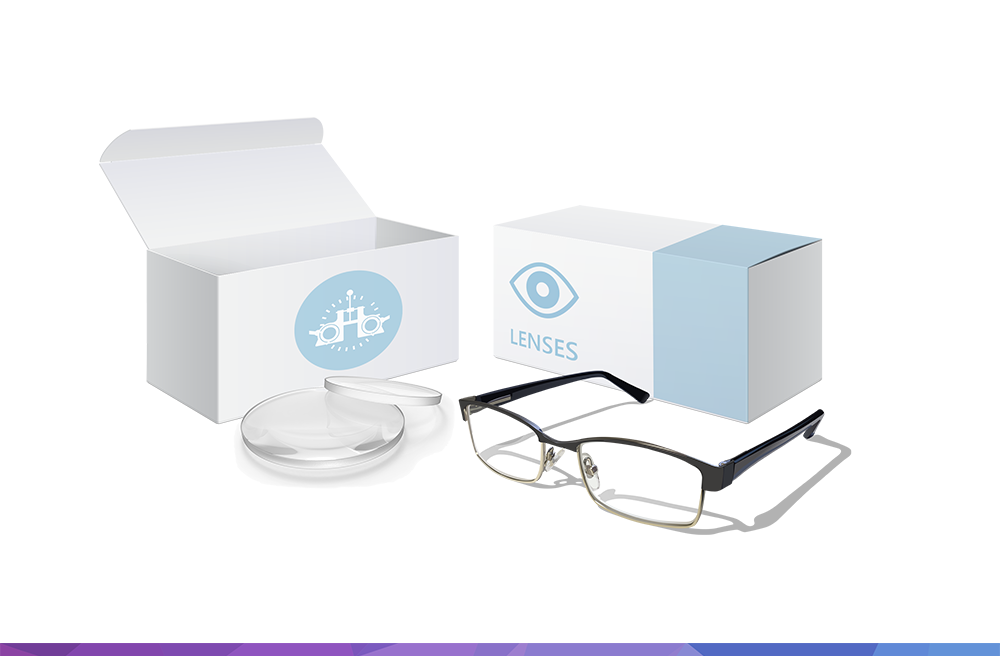
Module 5
Ophthalmic Lenses
This module provides a brief overview of fundamental optical principles and how these are used in ophthalmic lenses to correct vision problems. Different lens designs, treatments, and materials are also discussed, as well as specialty lenses and troubleshooting patient complaints.
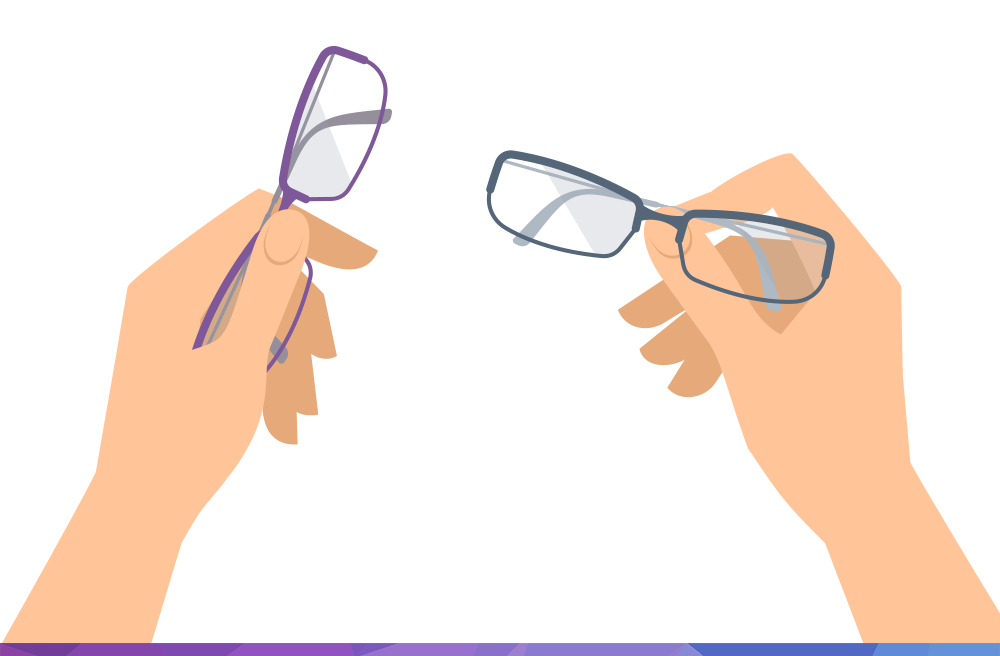
Module 6
Ophthalmic Frames
Module 6 looks at the various frame parts and materials, as well as frame selection and adjustment. Additionally, students will learn tips for communicating with both patients and frame vendors.
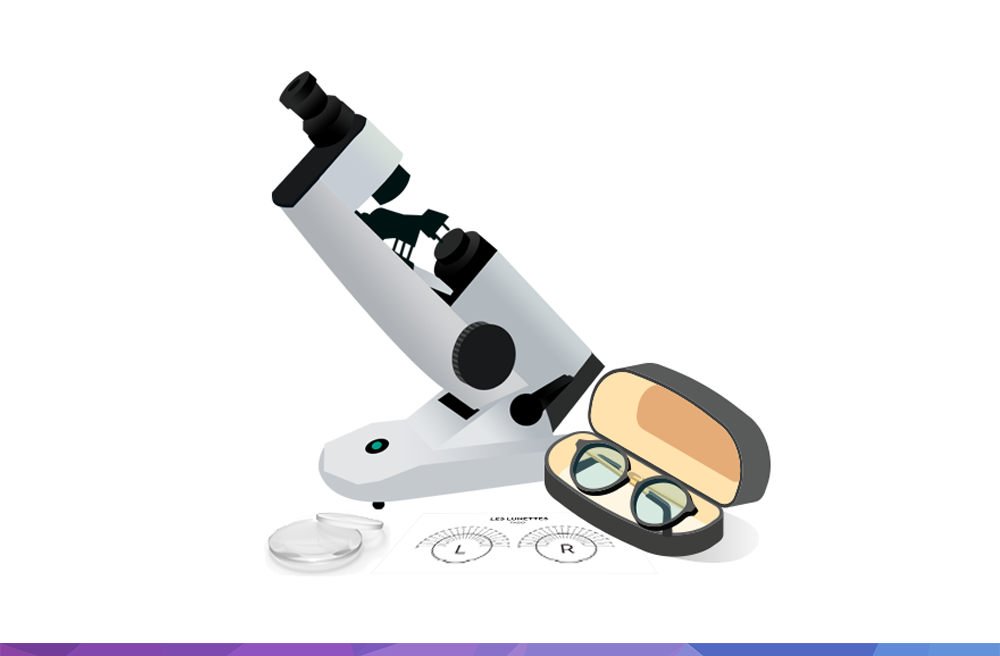
Module 7
Ophthalmic Finishing Lab
In Module 7, students are taught how to use standard and automated lensometry to verify the prescription of a lens. Basic lab skills required to produce a finished lens are also discussed. By the end of this module, OAs will be able to verify the quality of finished eyewear. Many of these concepts will be reviewed at the CCOA workshop.

Module 8
Contact Lenses
This module covers the different types and materials of contact lenses. Students are taught how to conduct contact lens fittings, and the importance of proper lens care and handling.

Module 9
Business & Retail Components
This module focuses on the day-to-day management of an optometric practice. Students will learn various techniques for communicating and working with a variety of patients. Administrative processes such a maintaining inventory, billing, and working with insurance providers will also be covered. This module also includes a brief introduction to human resource management and marketing.